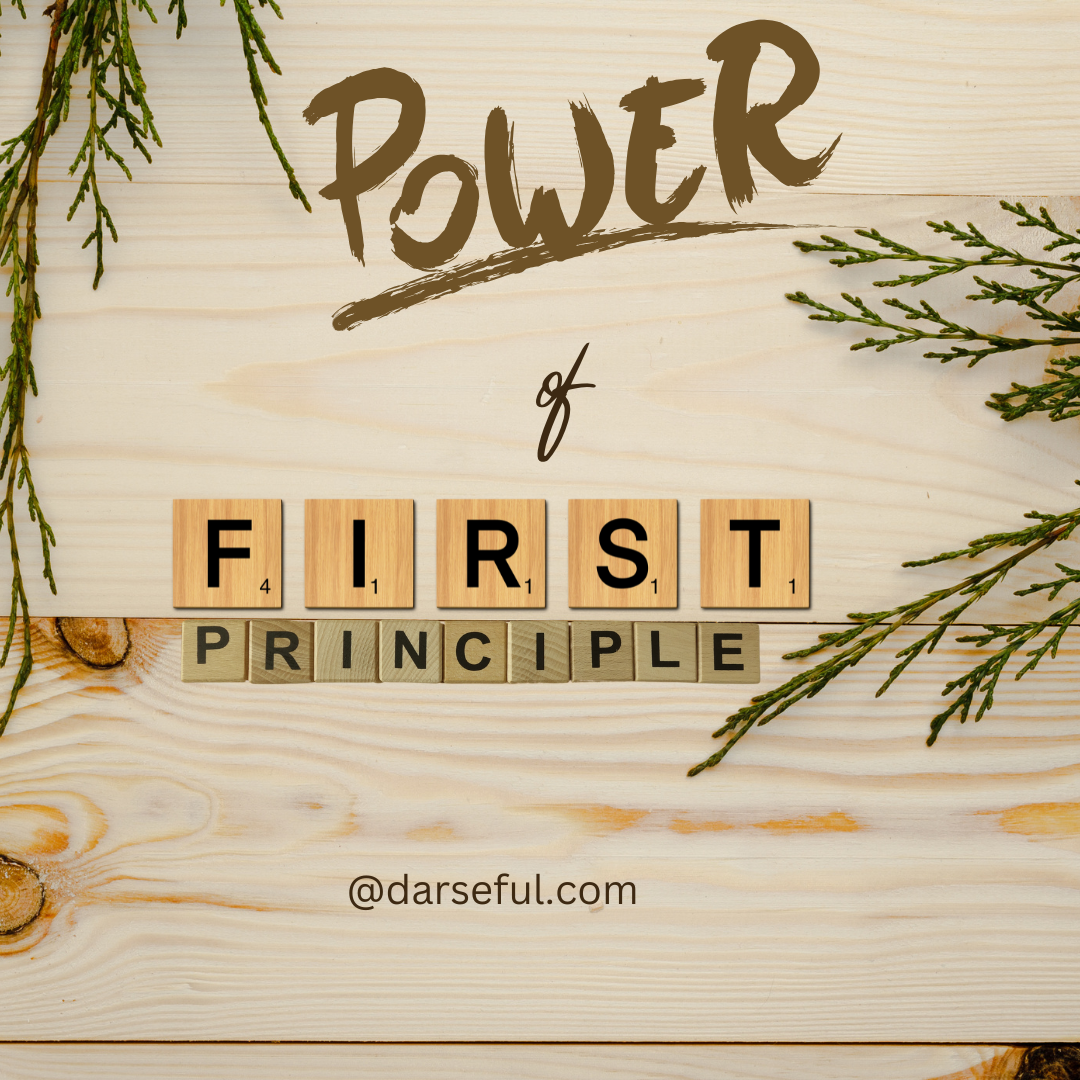Financial modeling is a crucial tool for e-commerce startups to plan, predict, and optimize business performance.
Financial modeling involves creating a detailed representation of a company’s financial future using spreadsheets or financial software.
For e-commerce startups, the model includes revenue projections, cost structures, cash flow analysis, and profitability estimations.
A robust financial model answers questions like:
- How much revenue will the business generate in the next year?
- What are the key cost drivers?
- When will the business break even?
- How much funding is required?
2. Why Software Engineers and Developers Should Understand Financial Modeling
Financial modeling might not seem directly relevant to software engineering, but understanding it offers several benefits:
Alignment with Business Goals
- Engineers often build features that align with revenue goals or cost-saving measures. Understanding financial models helps them prioritize features that have the most business impact.
Better Communication with Stakeholders
- Developers frequently interact with product managers, marketers, and executives. Knowing the financial implications of technical decisions fosters clearer communication.
Informed Decision-Making
- Engineers working on e-commerce platforms or SaaS products can make more strategic decisions when they understand metrics like customer acquisition cost (CAC), lifetime value (LTV), and conversion rates.
Career Growth
- Understanding financial concepts enhances an engineer’s ability to transition into leadership roles or entrepreneurial ventures.
Optimizing Development Costs
- Developers can contribute to cost optimization by suggesting efficient solutions and understanding the financial impact of technical debt or infrastructure choices.
3. Key Components of an E-Commerce Financial Model
Revenue Projections
Revenue in e-commerce is driven by:
- Traffic: The number of visitors to your website or app.
- Conversion Rate: The percentage of visitors who make a purchase.
- Average Order Value (AOV): The average amount spent per transaction.
Formula:
Revenue = Traffic × Conversion Rate × AOV
Cost Structure
Costs in an e-commerce business can be categorized as:
- Cost of Goods Sold (COGS): Direct costs like product manufacturing, packaging, and shipping.
- Operating Expenses: These include marketing, payroll, software subscriptions, and rent.
- Customer Acquisition Cost (CAC): The cost of acquiring one paying customer through marketing.
Cash Flow Analysis
Track all inflows and outflows to ensure liquidity. This includes:
- Sales revenue
- Operating expenses
- Investments in inventory
- Loan repayments or interest
Profitability Metrics
Key profitability indicators include:
- Gross Margin: Revenue minus COGS.
- Net Profit Margin: Net profit as a percentage of revenue.
- Break-Even Point: When revenue equals total costs.
4. Steps to Build a Financial Model
Step 1: Define Business Assumptions
Start with realistic assumptions for:
- Traffic growth rates
- Conversion rates
- Marketing expenses and CAC
- Retention rates and repeat purchases
Step 2: Build a Revenue Model
Use the formula for revenue to project monthly or quarterly income. Factor in seasonality and potential market changes.
Step 3: Calculate Costs
Include fixed costs (e.g., salaries, rent) and variable costs (e.g., shipping, marketing). Consider economies of scale as the business grows.
Step 4: Forecast Cash Flow
Prepare a cash flow statement by:
- Adding revenue and funding inflows.
- Subtracting expenses, inventory investments, and loan repayments.
Step 5: Analyze Financial Ratios
Evaluate metrics such as:
- CAC vs. Customer Lifetime Value (LTV)
- Gross Margin and Net Profit Margin
- Operating Cash Flow Ratio
Step 6: Stress-Test the Model
Simulate different scenarios to test the business’s resilience under:
- Lower-than-expected sales
- Rising costs
- Delays in funding or loans
5. Common Issues and How to Address Them
Issue 1: Overestimating Revenue
Solution: Use conservative assumptions. Base projections on historical data and industry benchmarks.
Issue 2: Underestimating Costs
Solution: Account for hidden costs like refunds, chargebacks, or platform fees. Regularly review and update the model.
Issue 3: Ignoring Cash Flow
Solution: Track the timing of receivables and payables. Ensure sufficient working capital to handle delays.
Issue 4: Poor Customer Retention Assumptions
Solution: Include churn rates and retention strategies in the model. Focus on improving customer lifetime value (LTV).
6. Tools and Resources
- Spreadsheet Software: Excel or Google Sheets for building customizable models.
- Financial Modeling Templates: Pre-built templates available online.
- Analytics Tools: Google Analytics, Shopify Analytics, or similar platforms to track traffic and conversion rates.
- Accounting Software: QuickBooks, Xero, or Wave for real-time financial tracking.
- Customer Relationship Management (CRM): Tools like HubSpot or Salesforce to track customer behavior.
7. Best Practices
- Keep It Simple: Focus on key drivers without overcomplicating the model.
- Update Regularly: Revise the model as new data becomes available.
- Validate Assumptions: Cross-check with industry benchmarks or expert insights.
- Communicate Clearly: Ensure stakeholders understand the model and its assumptions.
- Plan for the Worst: Incorporate contingency plans for adverse scenarios.
Key Insights
Understanding financial modeling is essential for e-commerce startups because it bridges the gap between technical execution and business strategy.
For software engineers, this knowledge enables you to align development work with business objectives, optimize costs, and make data-driven decisions that directly impact the company’s bottom line.
Financial modeling equips you to anticipate challenges, measure success, and contribute strategically to long-term growth.
It’s not just about numbers; it’s about empowering your work to create meaningful business value.












Leave a Reply